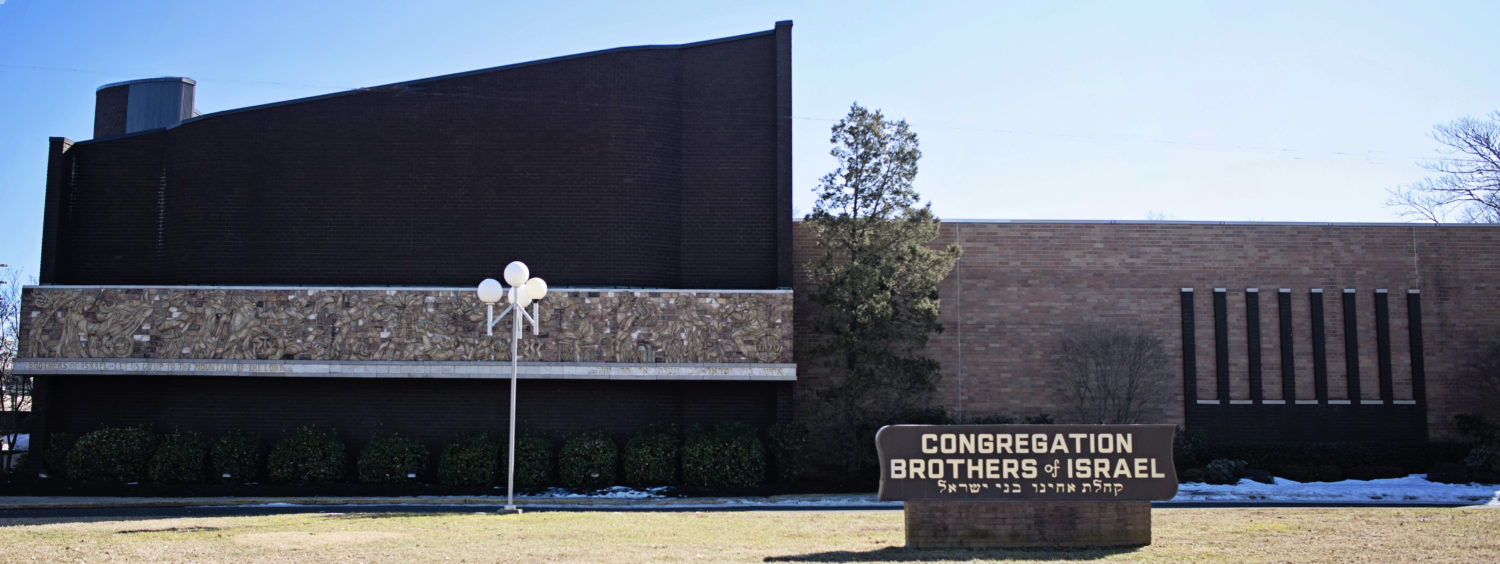Shul Unity, Breaking Out of Our Comfort Groups
Adapted from Rabbi Braun’s sermon in 5772
Our parsha opens with a technique used at times by the Torah where a verb is used but we are not given the object which that verb relates to. At times I believe that this is done to allow for the possibility of many interpretations that all might be correct. Let me give you an example to illustrate-
In the famous story of Cain and Abel, Genesis 4/8 the Torah tells us:
ח) ויאמר קין אל הבל אחיו ויהי בהיותם בשדה ויקם קין אל הבל אחיו ויהרגהו
And Kayin said to Hevel, and they were in the field, and kayin arose towards hevel his brother and he killed him.
What did Kayin say to Hevel? What was their fight about? The commentators and Midrashim have many answers, there are many reasons that brothers fight and people in general fight and kill each other. There is no one answer, so the Torah leaves it open to allow for many correct interpretations.
Our parsha begins with the same technique:
במדבר פרק טז
א) ויקח קרח בן יצהר בן קהת בן לוי ודתן ואבירם בני אליאב ואון בן פלת בני ראובן
And Korach the son of Yitzhar the son of kehat the son of levi took, and Datan and avriram the sons of Eliav and On ben Pelet the son of reuven.
What did Korach take? The Torah does not tell us?
How did Korach incite a rebellion against Moshe? How did Korach manage to fracture the unity of the Jewish people? What was the issue that Korach found?
Here too I would argue that there is not one answer as to why Jews divide themselves and argue and challenge leadership, there are many answer to that question.
Rabbeinu Bachya argues that Moshe took the tzitzit, the parsha of tztitzit and techelet was the end of last week’s parsha, and came to Moshe with the famous question – if an entire white garment needs only one string of blue dyed wool called techelet, what if my entire garment is made of techelet, does it still require that one string.
Rashi quotes the Midrash which presents two options. First that Korach took himself and removed himself from the community. The second is that Korach took the communal leaders with words; he persuaded them to join his cause and thus took them along for the ride.
Ramban believed that Rashi misunderstood the Midrash and “took” refers not to physically removing himself from the community but to a change of heart.
What motivated the argument?
The Leviim were angry that the Kohanim, also from the tribe of Levi, were given a higher spiritual status. Datan and Aviram are first born children who just lost their status (to the Leviim) and On was from the tribe of Reuven who were passed over for leadership. The Midrash believes that Korach was initially mad because he was passed over for the position of tribal leader in favor of a younger cousin.
There are so many methods that one may use to split the community and so many reasons that one may offer that the Torah did not want to specify one. The Torah let us fill in all of the blanks and they all have an element of truth to them.
When one looks at the totality of the picture two things do become apparent.
The first is that all of the methods and all of the motivations play upon the natural divisions within the Jewish people. In every large group there are necessarily sub-groups with common interests or characteristics. Korach understood that there were first borns and Levites and priests and people from different tribes and he took advantage of those natural divisions as he transformed them into divisive groups.
The second is highlighted by the words and “Korach took”. His arguments were all based on having each group take or claim what they believed was theirs. He convinced them to focus on what they could take from the group and not what they could give to the whole.
Some shuls have their Korach looking to sow the seeds of rebellion and division throughout the shul. Thankfully we do not.
Some shuls have people looking to see only what they can get from the shul but not what they can give to the shul. For the most part, thankfully we do not.
We do however have many divisions within the shul. We have subgroups divided by age, or by the age of their children. We have perceived divisions based on levels of observance. We have people who are here for the summer and people who are here all year round. We have people who have been here forever, people who have been here for slightly less time and people who are relative newcomers.
It is simply easier and more comfortable for people to fall into a group and stay there. And while I would not say that we have a shul divided, I am not sure that we have a shul united.
I had a shul member suggest that we each wear name tags one week to shul or that in the middle of davening we each turn to greet our neighbor and introduce ourselves. I was not in love with the idea because we have enough talking and commotion in shul, but the idea is right.
I have the privilege of interacting with every one of our subgroups –trust me there are good people in every group.
Step out of your comfort zone and introduce yourself to someone that you don’t recognize. Go crazy and invite them over for Shabbat lunch. Help us create a shul united in warmth and friendship.


